Hawaiian Prickly Poppy
maui4me
19 years ago
Related Stories

GARDENING GUIDESOh, Deer! 10 Native Flowers That Stand Up to the Herds
Keeping a garden amid hungry deer can be hard, but these plants should fare well
Full Story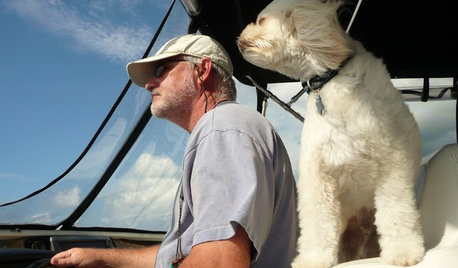
PETSHouzz Call: Show Us Your Summer-Loving Dog!
Share a photo of your pooch kicking back in the backyard, helping you in the workshop or enjoying your favorite summer getaway
Full Story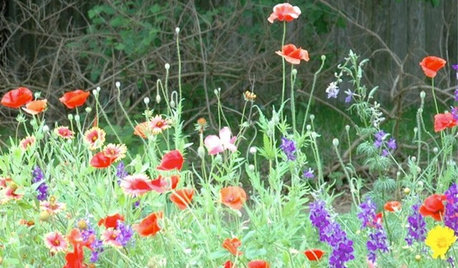
GARDENING GUIDESTexas Gardener's October Garden Checklist
Earn a "free" bonus by dividing perennials, make planting a priority now for hardy growth next year and keep an eye on your lawn
Full Story
GARDENING GUIDES10 Drought-Tolerant Shrubs That Thrive in Full Sun and Reflected Heat
Got a hot spot in your garden where plants often die? Try these tough shrubs that add beauty while shrugging off the heat
Full Story
DECORATING GUIDESSo Your Style Is: Darkly Romantic
Envelop yourself in mysterious luxury with deep colors, rich textures and unexpected details
Full Story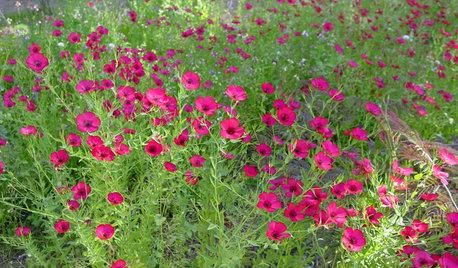
GARDENING GUIDESSouthwest Gardener's August Checklist
Manage monsoon effects, remember to fertilize and don't let the heat deter you from planting for fall
Full Story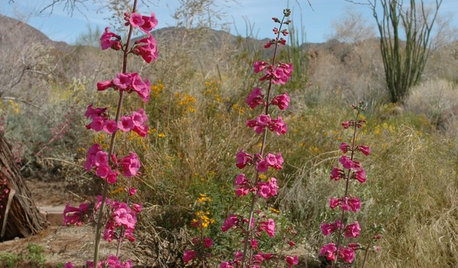
GARDENING GUIDESGreat Design Plant: Penstemon Parryi
Drought-tolerant Parry’s penstemon greets spring with pink flowering spikes that delight passersby and hummingbirds alike
Full Story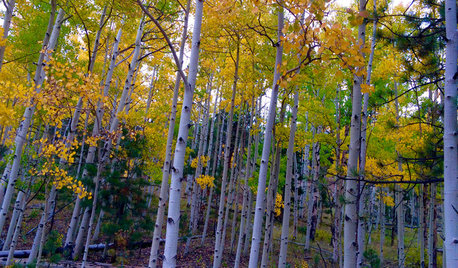
EARTH DAY‘Terroir’ Brings a Sense of Place to Your Landscape
Species native to and characteristic of your region firmly root your garden and landscape
Full Story
REGIONAL GARDEN GUIDESCalifornia Gardener's March Checklist
Give natives and tropicals a well-deserved spotlight — plus, discover an easy herb that keeps on giving
Full StorySponsored






Matt G
Matt G
Related Professionals
Cottonwood Landscape Architects & Landscape Designers · Hyattsville Landscape Architects & Landscape Designers · Rancho Palos Verdes Landscape Architects & Landscape Designers · West Chester Landscape Architects & Landscape Designers · Willowick Landscape Architects & Landscape Designers · Wixom Landscape Architects & Landscape Designers · Medford Landscape Contractors · Bloomington Landscape Contractors · Canton Landscape Contractors · Lehigh Acres Landscape Contractors · Pahrump Landscape Contractors · San Bruno Landscape Contractors · Westford Landscape Contractors · Wilsonville Landscape Contractors · Casselberry Landscape Contractorsmaui4meOriginal Author